Imagine the wind on your skin, silence all around and your gaze losing itself in a beautiful landscape that seems to have no end. Landscapes in Sardinia are like this, unique in the world: small and big masterpieces from old and new stories, glimpses belonging to a wild and pristine beauty.
All special and different spectacles, which renew themselves depending on the time of day. We are in the land where magic and everyday life coexist intertwining in an eternal embrace, where the wind carries with it tales from far away.
Let's find out together our seven-stop itinerary to discover the most beautiful landscapes of North Sardinia, a journey that will enchant you and reveal the limitless richness you can find on this magical island.
Among breathtaking views, unspoiled nature, but also culture, folklore and events not to be missed, here begins your unforgettable journey in North Sardinia.
Check out Salude & Trigu, the program of events in North Sardinia
Landscapes in Sardinia: a trip from crystal-clear beaches to mountain peaks
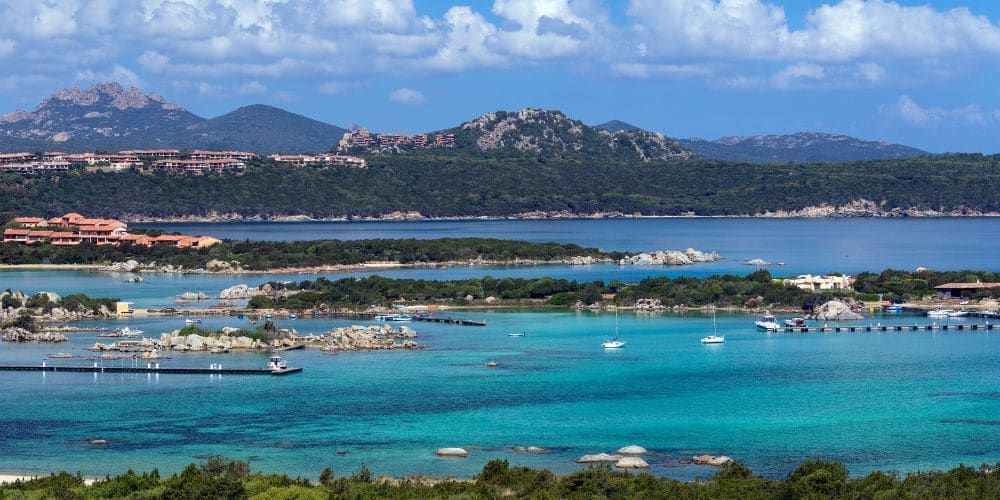
Sardinia has always enchanted its visitors with its natural beauty: world-famous crystal-clear beaches, hidden coves that offer intimacy, sheer cliffs that bear witness to the grandeur of wild nature, and mountains that rise majestically to the sky. Or even locations as unique as likely unreal, like the Moon Valley in Gallura.
It is easy to imagine evocative sceneries that provide memories of the most beautiful landscapes in Sardinia to keep and share.
Our itinerary in 7 stops will guide you to discover the best landscapes in Sardinia, revealing the history, nature and unspoilt beauty of an island that always manages to surprise.
To immerse yourself in local life, we recommend you take part in the many entertainment opportunities at hand, a calendar full of festivals, fairs and cultural events that will delight you.
Let's discover these magical places together:
· A breathtaking view over La Maddalena Archipelago
· The landscape of Gallura from Mount Limbara
· The unusual scenery of the Moon Valley of Aggius
· The view of the village of Isola Rossa
· The wonderful spectacle of Castelsardo
· The landscape of the Gulf of Asinara from Sennori
· The matchless landscape from Capo Caccia
Landscapes in Sardinia: listen to the podcast version with the voice of Mona Lisa
7. A breathtaking view over La Maddalena Archipelago
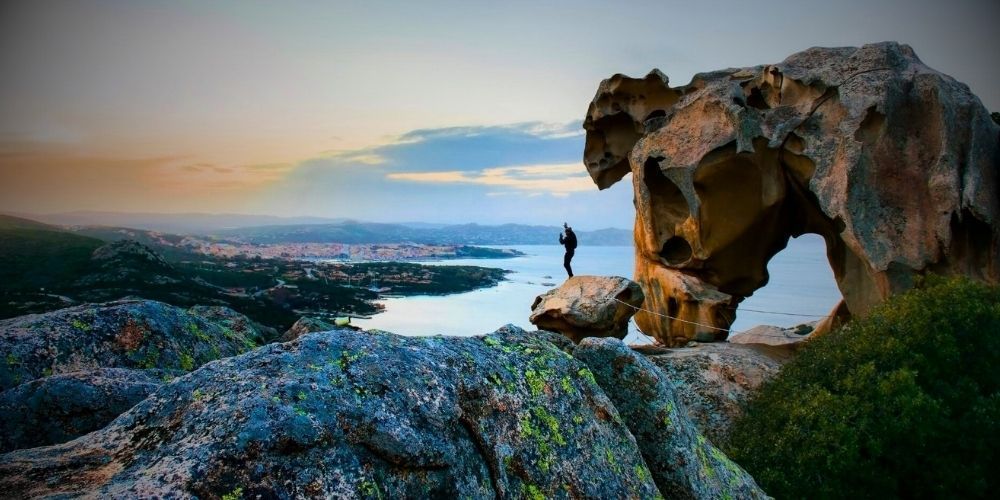
Our journey to discover the most beautiful landscapes in Sardinia begins in the east, where the sun rises. Off the coast of Gallura lies an archipelago of more than sixty islands and islets called La Maddalena Archipelago.
A National Park and part of the Cetacean Sanctuary, it appears like a paradise where rare life forms inhabit a pure unspoiled scenery, like a perfect work of art made of rocks, all the colours of the mediterranean forest and a sea that offers every shade of blue and azure.
Each island offers a spectacle of its own; among the unmissable stops are La Maddalena, Caprera, Santo Stefano, Spargi, Budelli, Razzoli and Santa Maria. Here you will find beaches and coves that will leave you in awe.
The largest island, La Maddalena, can be easily reach by ferry from Palau. Once you have visited the town with its historic centre of narrow streets and shops, we recommend a tour of the island along the so-called panoramic road: it's the SP114, twenty fascinating km rich in panoramic viewpoints, a journey into the wild hinterland, among sharp pale rocks and the scent of juniper, broom, myrtle and rosemary.
Another perfect way to enjoy a breathtaking view of the archipelago is from the famous Bear Rock, next to Palau. This giant granite rock, sculpted by the wind, is shaped like a bear and overlooks the sea from a height of 122 meters. From here, an all-round landscape opens up, encompassing the promontory of Capo d'Orso and the whole La Maddalena Archipelago as far as the coasts of Corsica.
6. The landscape of Gallura from Mount Limbara
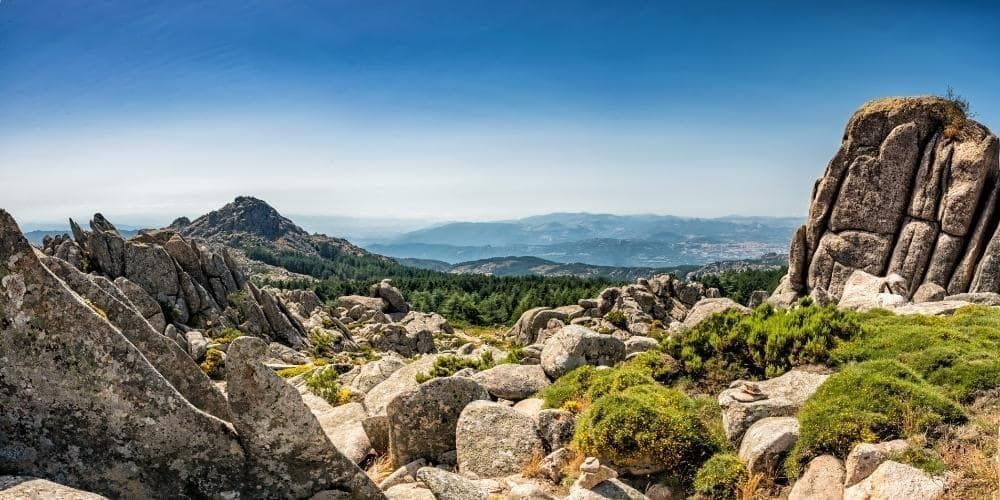
Our journey continues to the highest peak in Gallura, a serrated ridge of granite rocks that will seem like the world's roof as you look at the panorama from above.
Mount Limbara is the perfect place to admire a rugged, irregular and beautiful landscape where silence reigns. You will hike in the company of the scents of mediterranean forest and the wind's voice, walking on paths surrounded by huge boulders that nature, over the millennia, has had fun moulding into strange shapes.
From the top of the mountain, the view extends for hundreds of km over a boundless landscape that reveals the characteristics of the authentic Sardinian territory. And your gaze will reach so far that you will even catch a glimpse of nearby Corsica if the weather is sunny clear.
5. The unusual scenery of the Moon Valley of Aggius
Heading north, about half an hour's drive, you come to a place that is unusual, to say the least, but beautiful. Near the village of Aggius, here extends the Moon Valley (hinterland) or Plains of Great Rocks, a spectacular valley made of bizarre shapes.
This site is considered absolutely unique, and that's quite hard to compare with any other place in the world.
You will find yourself in front of an evocative landscape, a vast flat plain dotted with granite rocks shaped by time and weather, surrounded by rounded hills and granite ridges. All this silent wonder changes its appearance depending on the time of day and resembles the moon landscape, hence its name (meaning, precisely, 'moon valley').
Here one can still see the typical Gallura settlements called 'stazzi', some of which are still inhabited today. Here one can still find traces of the ancient presence of man, including the Nuraghe Izzana, probably the largest nuragic building in the whole of Gallura.
The valley has been chosen as a film location for several movies and commercials. But please, visit it for what it truly is: a little world of its own amidst the wonder of Sardinia.
4. The view of the village of Isola Rossa
Our journey continues north until we reach the coast, particularly the village of Isola Rossa, a hamlet of the municipality of Trinità d'Agultu and Vignola. You will realise you have arrived at your destination when you see a small island as red as the setting sun emerging from an emerald sea.
Here the granite in its most fiery hue has given its best. It has created a landscape of intense, contrasting, unforgettable colours, aided by the bright green of the mediterranean forest and the glow of the beaches.
The town of Isola Rossa (Red Island) was born as a fishing village, but today it is an important tourist destination in North Sardinia, rich in hotel facilities and ideal for lovers of the sea and water sports.
3. The wonderful spectacle of Castelsardo
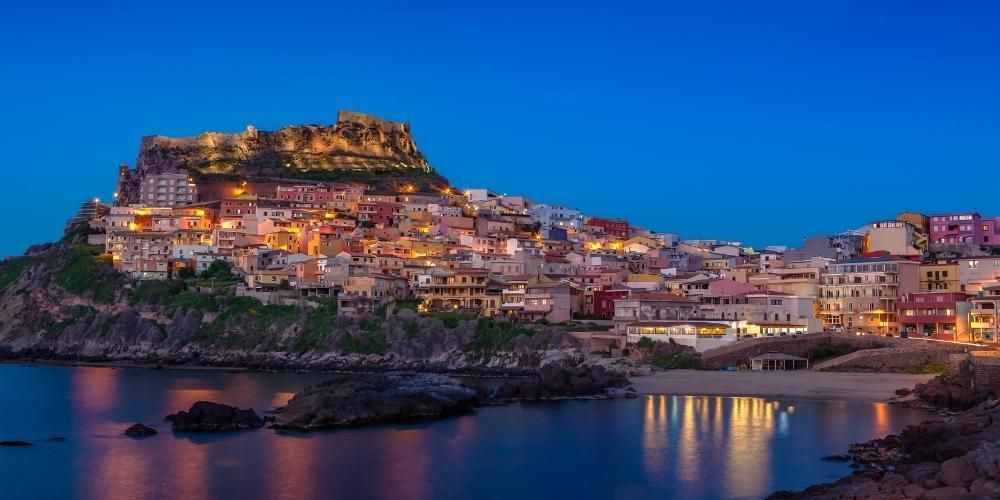
Our trip could not miss the medieval town of Castelsardo, a pearl on the coast of North Sardinia in the province of Sassari. The village suddenly appears like a vision as you drive along the curves of the coastal road: houses climb the slopes of a peninsula jutting out into the Gulf of Asinara and, at the top, the Doria Castle.
Castelsardo is wonderful at all hours: during the day when the sun beats down, enhancing the colours of the houses; at sunset when the sun dips into the sea and everything takes on shades of pink; at night, when the artificial lights make it romantic like few other places and reflect on the water.
If you don't want to miss the spectacle of the waves crashing on the rocks, we advise you to climb up to the castle walls, close your eyes and listen to the singing of the sea and wind. And for an even more immersive experience in this wonderful landscape setting, enjoy a visit to Castelsardo in August during the evocative Musica sulle Bocche Festival.
2. The landscape of the Gulf of Asinara from Sennori
We continue westwards and arrive in Romangia, a hilly sub-region of northern Sardinia nestled between the Gulf of Asinara and the rocky peaks of Anglona and Osilo.
This area is mainly made of the territories of the villages of Sorso and Sennori, famous especially for the production of oil and prestigious wine resulting form the viticulture has here boasts millennial roots. If you are in Romangi, you cannot miss the Moscato of Sorso-Sennori, Vermentino, Cagnulari, Pascale and Monica of Sorso.
If you love breathtaking landscapes, go to the ring road that passes north of Sennori: here, a view over Sorso and a good part of the Gulf of Asinara awaits you, a fascinating spectacle both by day and by night.
1. The matchless landscape from Capo Caccia
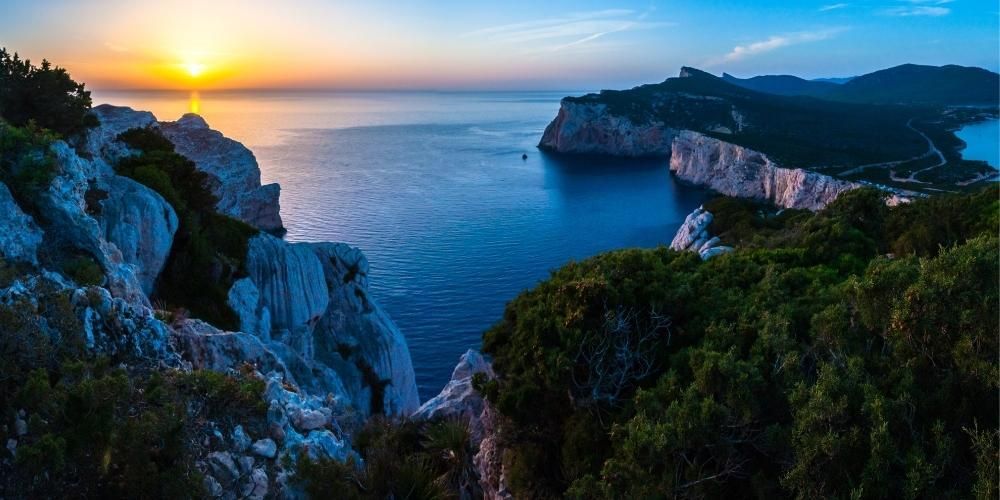
Our journey ends on the northwest coast of Sardinia, along the famous Riviera del Corallo (Coral Riviera) where rises the town of Alghero. Scanning the horizon from the city, if we look eastwards, we will see a flat, elongated silhouette jutting out into the sea: the limestone promontory of Capo Caccia.
It is part of the protected marine area of Capo Caccia - Isola Piana and one of the many enchanting places in Porto Conte Park. The Park is an expanse of unspoilt landscapes and breathtaking sea views that is home to a unique variety of flora and fauna and archaeological evidence of great value.
The limestone giant offers some of the most striking views in Sardinia, amid sheer cliffs over a sea where rare life forms such as the highly prized local red coral thrive. Inside, there is a very ancient 'treasure': Grotta di Nettuno (Neptune's Cave), whose formation dates back some two million years. The sea's constancy has carved 2.5 km of halls, galleries, stalactites and stalagmites next to a pond.
Evening falls, the sun sets on the sinuous contours of Sardinia and its wonderful and romantic sunsets dominate the landscape of skies all over the island. And this is the perfect time to enjoy one of the most magical views the shimmering sea can offer: the sunset from the top of Capo Caccia. Here you will realise how little any artificial thing is when faced with the immensity of a natural sight like this, a beauty to experience only here in Sardinia.
About the author
Written on 24/08/2024

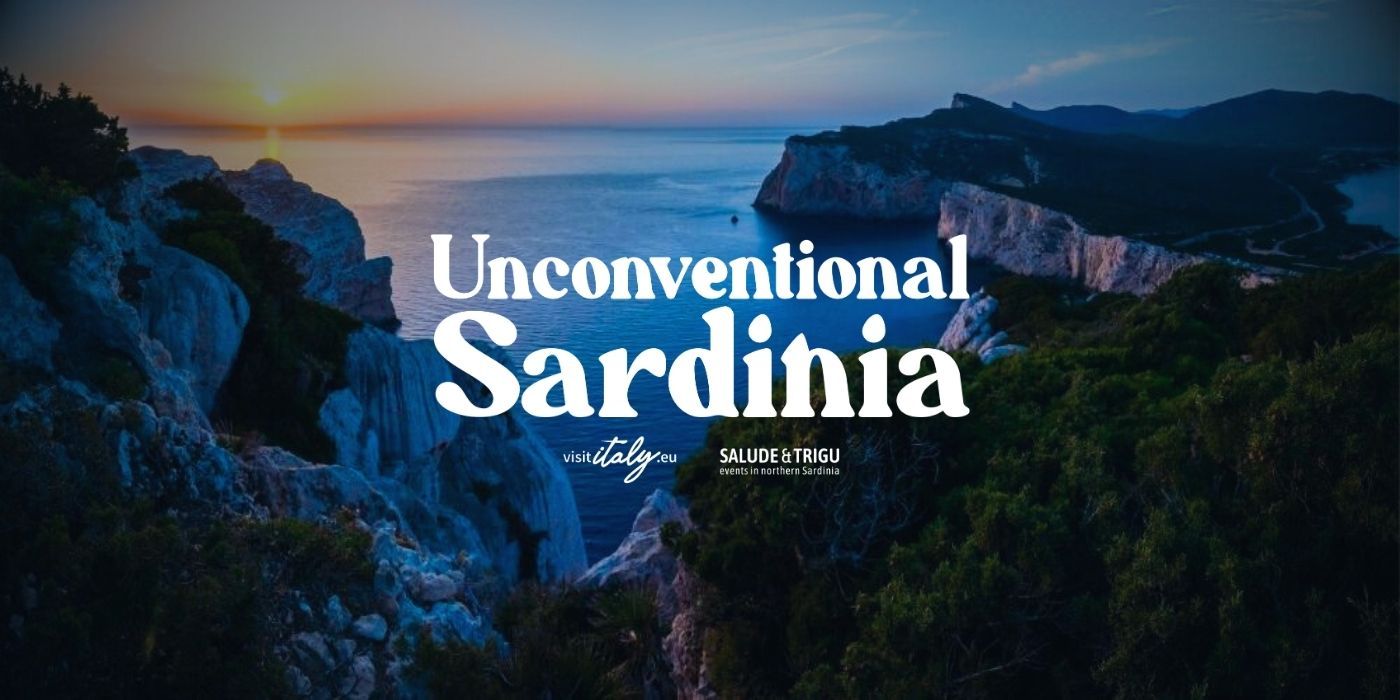

Chiara Musino
Leave with us discovering the best landscapes in Sardinia, a breathtaking journey in 7 stops not to be missed seeking wonderful natural views.